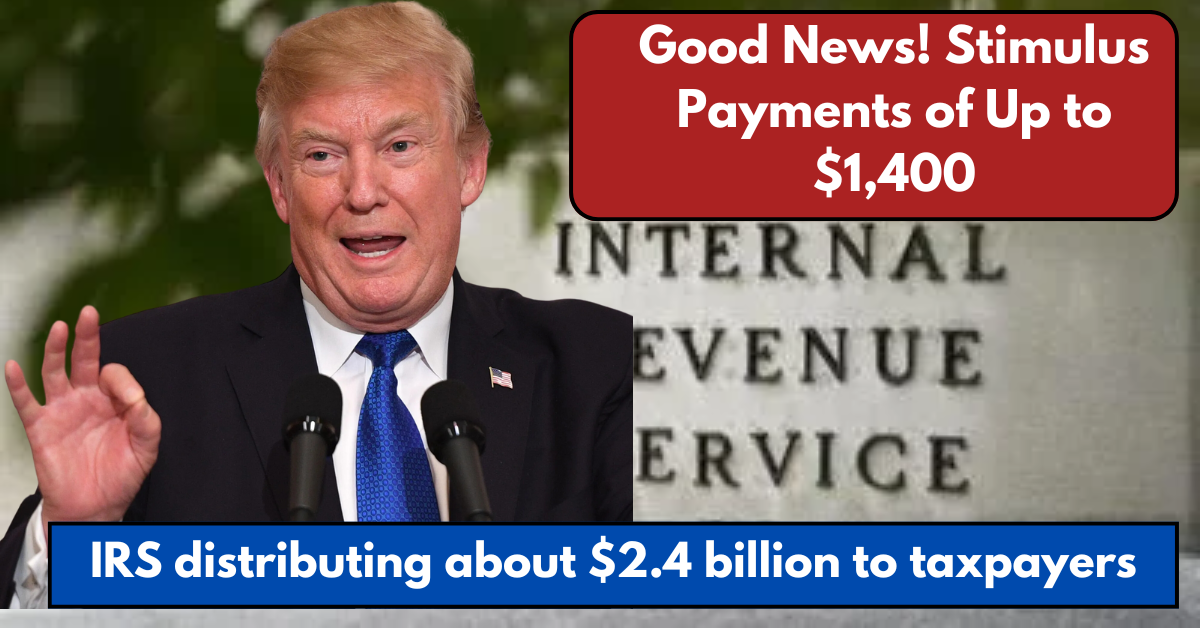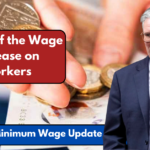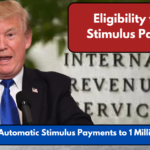In January 2025, approximately one million taxpayers in the United States will receive stimulus payments of up to $1,400 each from the IRS.
These payments are part of an initiative to distribute unclaimed stimulus funds to those who missed out on Recovery Rebate Credit in their 2021 tax returns.
Here’s everything you need to know about these special payments, who qualifies, and how they will be distributed.
What Are These Stimulus Payments?
The IRS is sending out special payments to taxpayers who missed out on the Recovery Rebate Credit in 2021. This credit was designed to help individuals who didn’t receive the full amount of Economic Impact Payments (stimulus checks) during the pandemic.
While many received their stimulus checks automatically, some eligible people failed to claim the credit when filing their taxes. The IRS has identified these individuals through an internal review and will now send them the missed payments.
In total, the IRS will distribute about $2.4 billion in stimulus payments to these taxpayers. The amount of each payment can be up to $1,400 per individual. These payments are intended to help those who may have been overlooked in previous rounds of stimulus distributions.
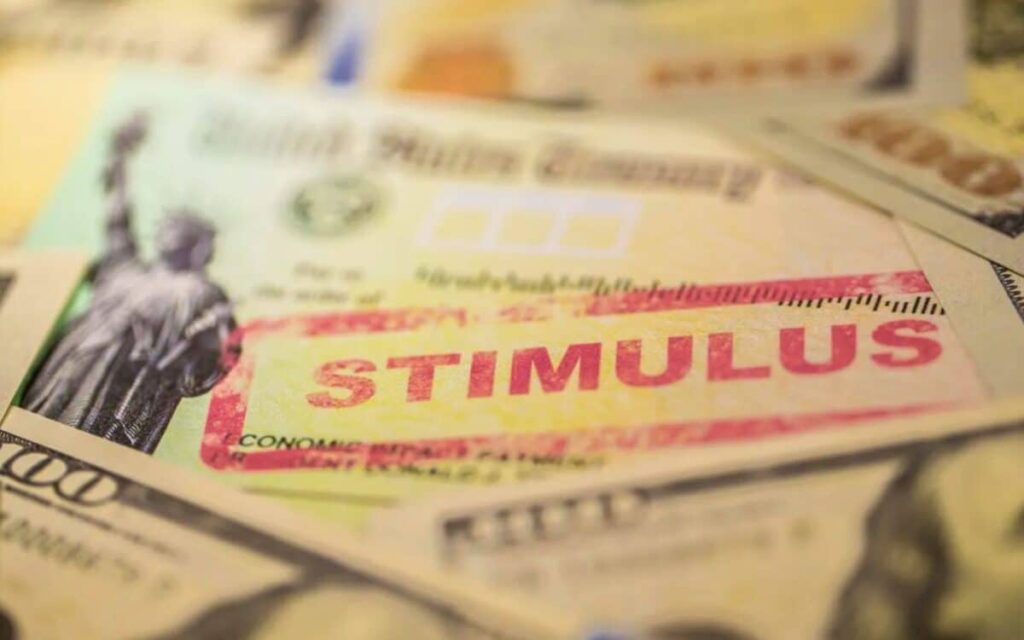
Who is Eligible for the Payment?
To qualify for this payment, taxpayers must have filed their 2021 tax return but did not claim the Recovery Rebate Credit or marked it as $0, even though they were eligible for the credit.
This means that if you missed out on claiming your full stimulus amount in 2021, you might be entitled to receive it now. If you’re one of these taxpayers, the IRS will automatically send the payment to you without any further action required on your part.
How Much Will You Receive?
The payments will vary, but each eligible person can receive up to $1,400. This depends on the amount they missed in their previous stimulus payments. Families may also receive additional payments if they had dependents who were eligible for stimulus payments.
For example, if a couple and their minor children were eligible, they could receive a total of $4,200, as happened with one Colorado family.
Why Is the IRS Sending These Payments?
The reason for these payments is simple: many taxpayers did not claim their Recovery Rebate Credit on their 2021 tax returns.
This credit was available for people who missed out on the first, second, or third stimulus checks, which were part of the federal government’s economic relief efforts during the COVID-19 pandemic.
By sending these payments now, the IRS is making sure that everyone who is eligible for this credit gets the financial support they deserve.
According to IRS Commissioner Danny Werfel, the IRS identified one million taxpayers who missed out on the credit but were eligible. To ensure these individuals receive the money they are entitled to, the IRS is bypassing the need for taxpayers to file an amended return.
Instead, the agency is sending out the payments automatically. This move helps simplify the process for those who might have been struggling with the complexity of filing an amended return.
How Will the Payments Be Delivered?
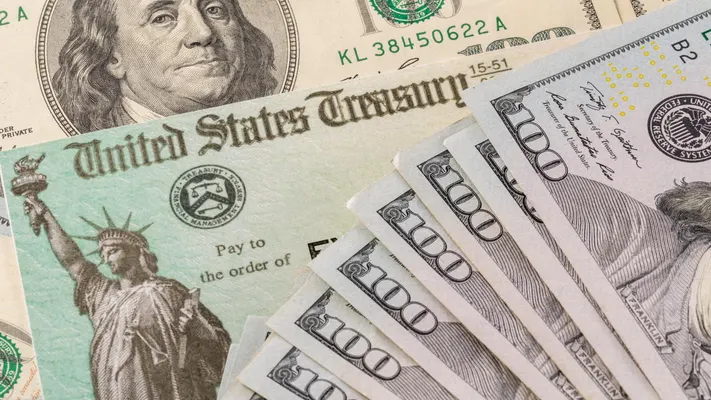
For those who qualify, the IRS will send the stimulus payment via direct deposit or check. If you are eligible, the payment will be automatically processed and sent to the bank account listed on your 2023 tax return or to your address on file with the IRS. Taxpayers should expect to see the funds by the end of January 2025, depending on the method of delivery.
The IRS will also send a notice to eligible taxpayers, informing them of the payment and providing details on how much they will receive.
What Should You Do If You Haven’t Filed Your 2021 Tax Return?
If you haven’t filed your 2021 tax return yet, there is still time to receive the Recovery Rebate Credit. The IRS encourages all eligible taxpayers to file their tax returns and claim the credit before the deadline, which is April 15, 2025.
Even if your income is low or you have little to no taxable income, you may still be eligible for the credit if you missed previous stimulus payments.
It’s essential to file your return to ensure that you can claim any missed payments and receive the funds you are entitled to.
How Many Rounds of Stimulus Payments Were Issued?
The U.S. government issued three rounds of Economic Impact Payments (stimulus checks) during the COVID-19 pandemic. In total, the government spent over $814 billion on these payments.
The amounts distributed depended on taxpayers’ income, tax filing status, and the number of dependents claimed. For example, individuals could receive up to $1,200 in the first round, followed by a second round of up to $600 and a third round of up to $1,400 per person.
If you missed any of these payments, claiming the Recovery Rebate Credit could make you eligible for up to $1,400 or more, depending on your situation.
Conclusion
If you missed out on stimulus payments in 2021, now is your chance to get them. The IRS is sending out automatic payments to those who qualify, so you won’t have to take any extra steps.
This initiative aims to ensure that every eligible taxpayer gets the financial relief they need. Be sure to check if you are eligible, and if you haven’t filed your 2021 tax return yet, be sure to do so by the deadline to ensure you receive any missed payments.
This article has been carefully fact-checked by our editorial team to ensure accuracy and eliminate any misleading information. We are committed to maintaining the highest standards of integrity in our content.
Filza specializes in simplifying financial topics for everyday readers. Whether breaking down Canada’s tax guides or U.S. benefits like SNAP and VA Disability, Filza’s relatable writing style ensures readers feel confident and informed. Follow her insights on LinkedIn or reach out via email at shewrites.health@gmail.com.

